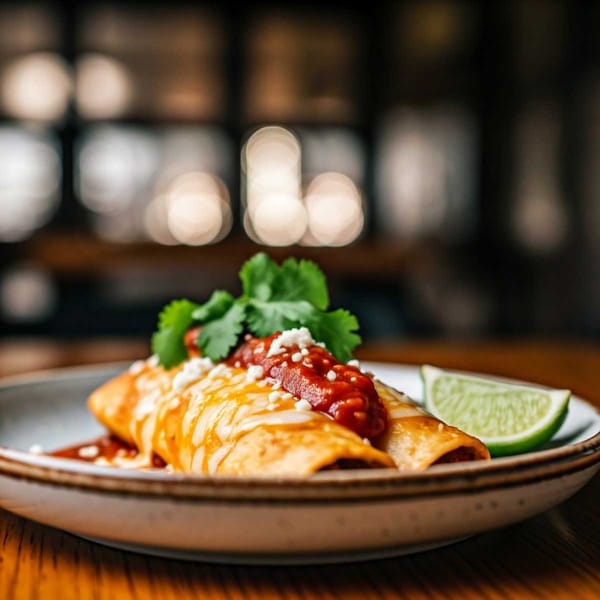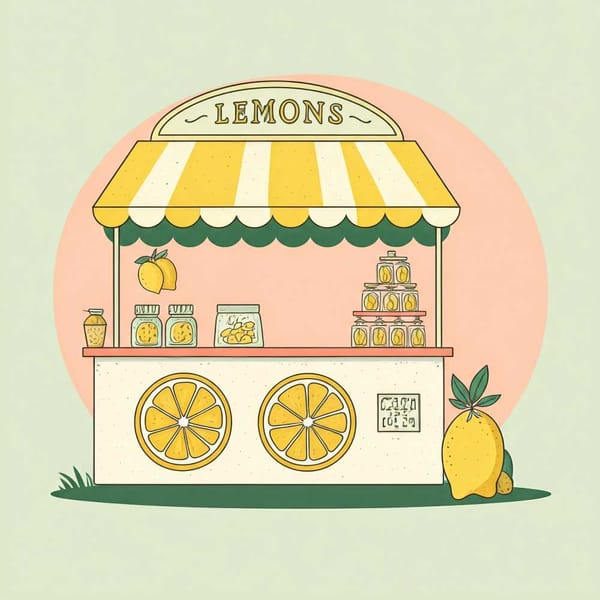The forbidden mural by Philip Guston
It was painted on a wall of the Museo Michoacan in Morelia. But the secular revolution reversed and the mural was covered with plaster.

The stiff body of an electrocuted man lies in one of the lower corners. A naked woman, perhaps dead, falls forward tied to a post next to an instrument of torture, a truncheon with metal spikes. Two people cry while they lower a hanged man from the scaffold. Some hooded figures, the inquisition or the Ku Klux Klan, move to the bottom.
Could be images taken from the cover of the macabre sections of the so-called red note and referred to Michoacán, one of the most violent states in Mexico, where the acts of atrocious sadism have been daily. But they are not. Quite the opposite. It is hoped that these images, once restored, can help Morelia, the capital of Michoacán, one of the most important cultural heritage sites in the world, recover some tourism and cultural life lost in the last decade of violence.
It is a fresco painted in 1934 on an interior wall of the Museo Regional Michoacan in the center of Morelia by three young Jewish artists from Los Angeles invited to Mexico by the famous Mexican muralist David Siqueiros. The leader of the trio and main author of the mural known as The Inquisition, although the young painters named him The Fight Against War and Terror, was Philip Goldstein. Born 21 years earlier in the Jewish ghetto of Montreal, he would soon change his surname to Guston and, together with his friend Jackson Pollock, create the new genre of Abstract Expressionism at the New York School.
For the visitor to the Michoacan museum, the oldest in the public network of Mexico, the mural of almost 100 m2 is disturbing even in its current deteriorated state of half-erased drawings and discolored paint. Painted in the style of the quattrocento by Piero Della Francesca, Paulo Uccello, or Giotto, Renaissance favorites of Guston, the deterioration of the mural can create the sensation of being in Florence and not in Morelia, 300 kilometers west of Mexico City.
Indeed, the rector of the university that then managed the museum, Gustavo Corano, hired the Mexican and American muralists in the thirties in order to make Morelia a "modern Florence". Guston brought his collaborator in Los Angeles muralism, Reuben Kadish, and Jules Langsner, a young man, completed the trio. Guston and Kadish, both sons of Jewish families in Eastern Europe who had fled anti-Semitic violence, were traveling companions of the American Communist Party. They participated, like Pollock, in the public art programs of the Roosevelt New Deal. His mural at the center of the Workers' Alliance in Los Angeles, painted with the help of Pollock's brother, is the "most radically leftist composition painted in the USA. during the Great Depression, "explained Ellen Landau, Pollock's biographer and author of the book Mexico and American Modernism. He was the one who convinced Siqueiros, who was visiting the city in 1933, that the twenty-year-old Jewish-Americans should paint the mural of Michoacán. They were revolutionary times in Mexico. And Lázaro Cárdenas, a native of Morelia, would accede to the presidency the same year, nationalize oil, expropriate Standard Oil, and face conservative business and Catholic elites.
The young artists of California would make their own accusations against the Catholic church on the museum wall in a series of chilling images of the violence of the Inquisition. The juxtaposition of the hooded figures with the Nazi symbolism proved explosive. The new foreshortening techniques learned from the Siqueiros muralism turned out to be special effects like those of a movie. A giant figure that tries to emerge from the darkness while others close their way seems to be about to fall on the viewer. According to Landau, Guston and Kadish contributed their own techniques, perhaps assimilated from the capital of the new film industry. Guston worked as an actor in some Hollywood movies.
But not everyone in Michoacán wanted to be modern. Nor was there popular support for Cárdenas's secular revolution. The so-called Cristeros, an army of poor people who fought in the name of Jesus Christ, had slowed down the advance of republican anticlericalism. Perhaps that is why the mural by Guston, Kadish, and Langsner sparked outrage in some segments of Michoacan society. "The American artists left; Siqueiros went to Spain; and then came the reaction of the conservative Morelianist class, horrified by the nude and the swastika, "says Jaime Reyes, current director of the museum.
The direction of the museum then decided to hide the mural under a layer of plaster. "He did not destroy it because he knew he could recover," Reyes says. It was only rediscovered in the mid-seventies. "He had forgotten that it existed," he adds. The schizophrenic sway of progress and reaction not only existed in the Mexico of those years. A mural of Guston and Kadish in Scottsboro (California) with references to the socialist struggle had been destroyed by a group of violent people of the American extreme right. Rockefeller, on the other hand, had already destroyed Diego Rivera's mural at the Rockefeller Center in New York a year after commissioning it.
The anguish that is felt in the mural of Guston and Kadish in Morelia is not only due to the political times in which it was painted. The hangman in the fresco is certainly a reference to the trauma suffered by the young Guston who, as a child, found his father hanging from the roof of a cabin in Los Angeles.
According to Landau, the mural "is a work nothing less than amazing because of its precocity and its depth". Moreover, "it was very important" for the subsequent artistic evolution of Guston. After leading abstract expressionism with Pollock, Guston returned to figurative art in the sixties and recovered the hooded symbol as a caricature, and with a strong dose of black humor, which inverted the literal denunciation of the Michoacán mural, explains Landau. "The epic and the narrative of Mexican muralism had a strong influence on Guston and Pollock, Guston more on Siqueiros, Pollock on Orozco."
At this time, the museum is negotiating with the Guston Foundation in Los Angeles for a complete restoration of the work. In December, the room that houses the mural was restored by installing a glass dome with filters for ultraviolet rays. "To date, the restorations have been color reintegrations, now we want to protect the mural from humidity and consolidate the building," Reyes says. Guston's daughter plans to visit Morelia in January or February to finalize the plans. The founder of the film distribution multinational Cinepolis, the billionaire Alejandro Ramírez, friend of the Guston family, hopes to incorporate this mural, as well as others in Morelia of the Marion sisters and Grace Greenwood (natives of Brooklyn), to the offer of cultural attractions related to the important film festival of Morelia. The museum exhibits another masterpiece, The transfer of the nuns, an anonymous painting of the eighteenth century. "When the mural of Guston was covered, they brought The transfer of the nuns; now we have both, "Reyes smiles.
Source: La Vanguardia




